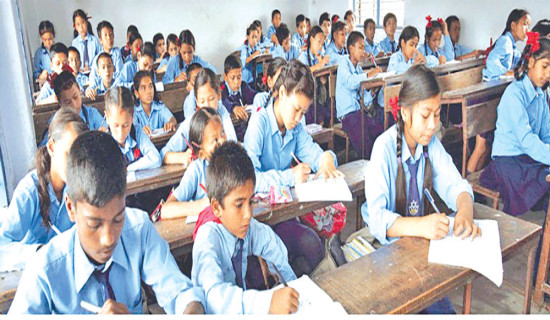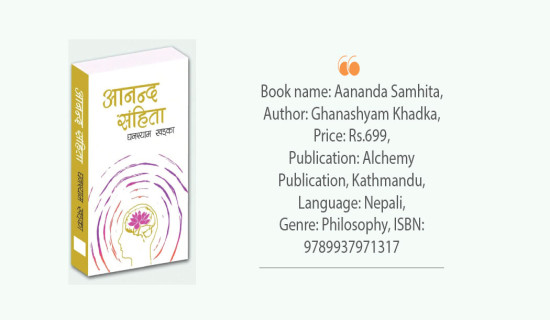- Monday, 15 December 2025
Highway Blues
I usually detest long-distance travel on Nepal's highway. However, I have to make such trips at times. Last week, I had to travel outside the Kathmandu Valley via the Prithvi Highway, and the experience was far from pleasant.
The trouble began just after crossing Thankot, Kathmandu. The government’s road improvement programme led to the construction of walls and the extension of roads in many places. Firstly, I faced a long queue of vehicles from Thankot due to the ongoing construction of a tunnel. The road was not smooth, and the blacktop was damaged in many areas, making the situation worse mainly in that zigzag Thankot road. While travelling, I thought about the hardships new mother travelling to home from hospital after giving birth face on the route or about sick individuals who require smooth and safe travel conditions. But, the current state of the road was sure to make even healthy people fall ill.
The traffic jam near the tunnel appears to be due to the road extension and improvement project at Baireni Bazzar near Galchi. The frustration in some microbus passengers was palpable, as they waited the painfully-long traffic jam to end. Some enraged passengers were blaming the government for failing to timely complete the project. The scorching heat and all-encompassing dust was exacerbating the suffering. During the more than three-hour wait, hawkers selling chatpate, cucumber, and roasted maize appeared. Many travelers were buying and eating the food exposed to dust, vehicular emissions and other hazards, seemingly unaware of their health implications. Amid this, I was wondering why no authority was there to monitor the food being sold.
Finally, after the jam ended and we moved some distance ahead, our micro-bus stopped near an eatery at Malekhu for lunch. The food items in the eatery were not only unreasonably high, but also poor in quality. The prices were Rs. 150-300 higher than to those offered by restaurants in Kathmandu. The poor quality of food available along the highway as well as their unreasonable costs have long been a problem for the general public, but nothing seems to have been done about it.
The unnecessarily extended travel time and the poor conditions of services along the way made me question the effectiveness of our development projects and regulation mechanisms. My four-hour journey to Gorkha ultimately took almost eight hours.
The government has been announcing plans to lure more tourists to Nepal. But at a time when even a basic of facility as road remains in awful state, how can we succeed in bringing more tourists? If we are to be successful in that mission, some issues need to be addressed urgently. Fast and smooth execution of road improvement projects is one of them. The delays and poor conditions of roads not only cause inconvenience to travelers, but also pose significant health risks. Furthermore, the availability of hygienic and reasonably priced food along major travel routes should be ensured. These might seem like minor issues, but they greatly impact the overall travel experience and public health.
The difficulty travellers routinely face, among many other issues, can explain why people seem angry with our politicians in general and the government in particular. Regular monitoring and quick resolution of issues can prevent prolonged discomfort from taking its toll. By becoming more sensitive about the needs of the public, we can spread the message that traveling in Nepal is safe and pleasant.

















